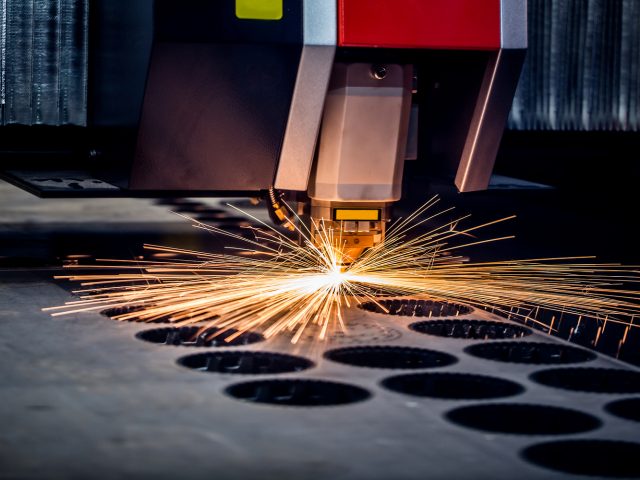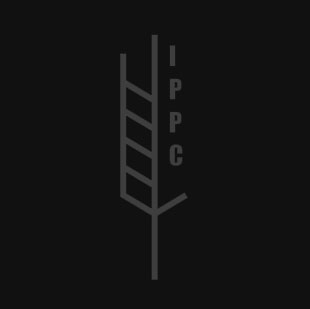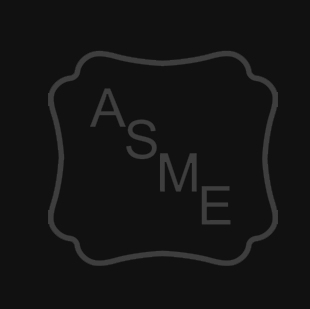Laser cutting is a subtractive machining process widely used by fabricators in the manufacture of parts and components for products. The technology is used by numerous industries due in large part to its high quality, precision, and exceptional accuracy. This method of metal cutting can produce complex geometries, intricate cuts, and custom shapes and designs without custom-designed tooling. In fact, the process is considered the primary choice for applications that require exceptionally tight tolerances and extremely intricate cuts with precision. Let’s take a closer look at the laser cutting process and why it’s an ideal method to use for sheet metal fabrication.
The Process of Laser Cutting
Laser cutting is a metal fabrication process that removes material through the application of an extremely narrow, intensely focused, powerful beam of light. The high-powered laser beam is a non-contact, thermal-based application that is suitable for cutting metal and non-metal materials. Today’s laser cutting technology integrates digitally controlled CNC machines that are programmed to manipulate workpieces to the desired outcome. The laser essentially vaporizes, melts, or ablates the material with speed and accuracy, cutting intricate designs, shapes, and patterns into sheet metal and other metals. No matter how complex or simple the cutting task, CNC programming ensures each cut will be performed and repeated with unrivaled accuracy, leaving a clean finish that in some instances will not require additional finishing.
Advantages for Sheet Metal Fabrication Projects
From its highly accurate and precision cuts to its versatility and design flexibility, laser cutting has proven to be an effective and cost-saving tool for use in sheet metal fabrication projects. As cutting machines operate at high speeds, the increased speed is a contributing factor in reducing lead times, creating more efficient processes that provide significant financial and time savings. The extremely narrow, powerfully focused laser beam melts and evaporates metal at exceptional tolerances as tight as 0.003 to 0.006 millimeters. Because of such tight tolerances, the heat-affected zone (HAZ) of the material is minimal and will not warp or damage even the thinnest metals. With less waste than traditional methods of cutting, this means that a higher percentage of sheet material will be used with each cut. Once programmed, cuts can be nested tightly to maximize usage of materials, further reducing costs.
With such tight tolerances and precision, laser cutters can be programmed to produce unparalleled complex geometries with high repeatability. Batches large and small can be easily accomplished with no retooling between projects. Simply load the CNC program and begin cutting complex and detailed designs and shapes. More than just cutting, lasers can be used for other applications such as engraving, marking, or drilling through the material as programmed. create parts and shapes which are more detailed and complex. They are also employed to carry out high-volume tasks requiring highly accurate repeated parts.
Limitations for Laser Cutting Technology
Though there are many more benefits and advantages than not in employing laser cutting technology, there are limitations. To realize the full potential of laser cutting requires specially trained operators to run and program the machines. These cutters are also limited to cutting metals up to approximately 20 millimeters thick, and that will depend on the available machinery and the experience of the operator. It is important to note that the initial investment costs of these cutting machines are substantial—as much as double the cost of plasma or waterjet cutting machines. However, over time the lower operational costs and increased efficiency will offset the initial investment. Finally, thermal-based cutting emits dangerous fumes and gases when the machine is in operation. To provide a safe work environment, one in compliance with any local, state, or national regulations, a ventilation system will have to be installed.
Industry Applications
High-quality, intricate cuts have resulted in more industries adapting laser cutting processes in the manufacture of parts and components of their products. Offering high production efficiency, higher processing accuracy, less waste, less energy consumption, shorter lead times, increased precision, flexibility, versatility and complexity make laser cutting a choice fabrication technique. It’s no wonder that many industrial manufacturers use this cutting method to fabricate parts and components—for the automotive and aerospace industries, for die, mold, and tool manufacturing, in household appliances and kitchenware, for agricultural and construction machinery equipment, medical components, gymnastic equipment and much more.
Laser cutting is a subtractive machining process that is one of the most effective and efficient methods employed by fabricators for cutting sheet metal for applications. Able to cut complex geometries with accuracy and precision, laser cutters hold many advantages over other cutting processes and, as a valuable cutting method used by fabricators worldwide, is why you should consider choosing laser cutting for your next sheet metal fabrication project.
To learn more about the metal fabrication services we offer, please contact us at Quest-Tech Precision today!



